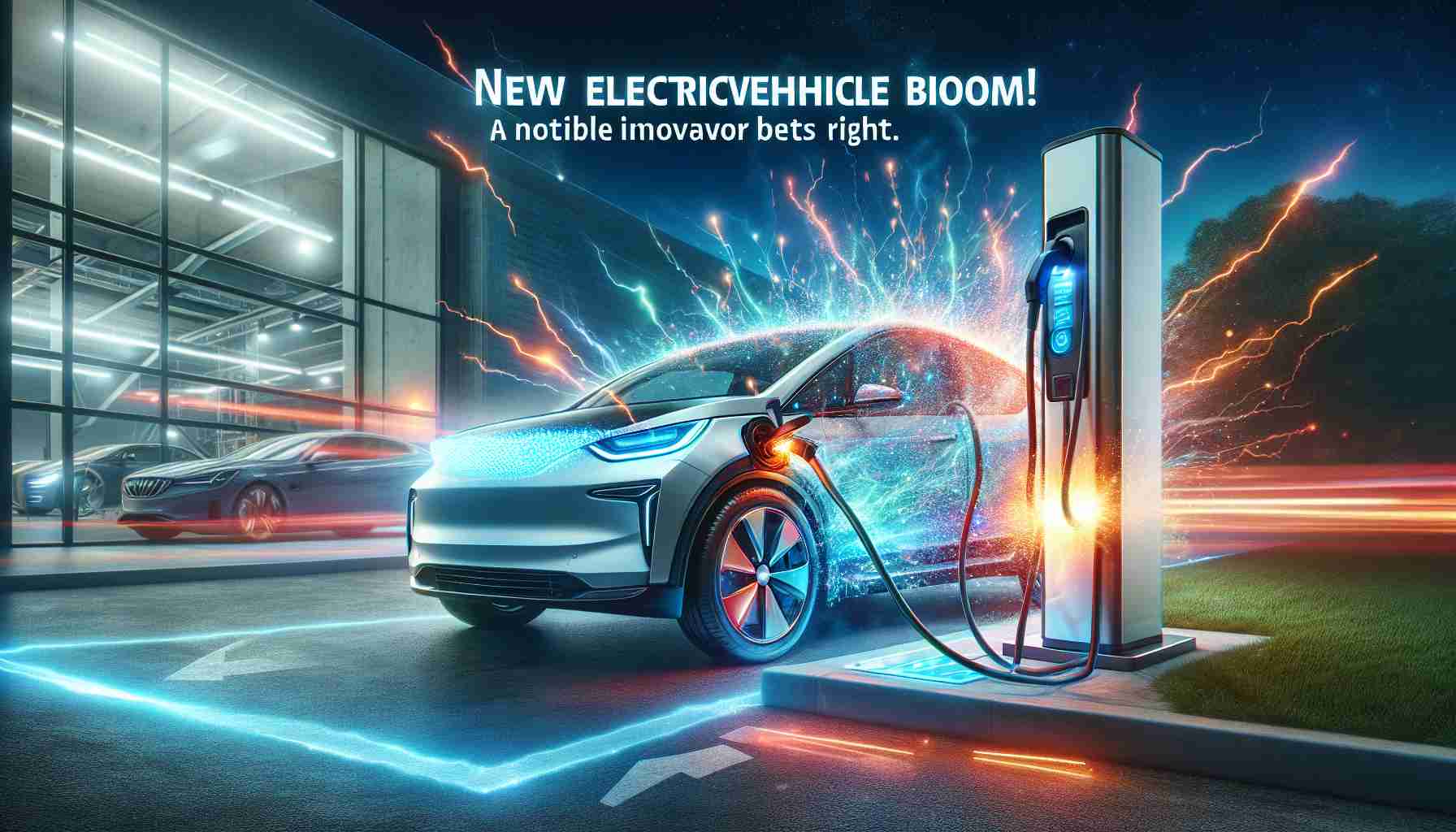Tesla’s stock surged to new heights after CEO Elon Musk placed a winning bet on Donald Trump’s victory in the November elections. This market boost helped Tesla finish the year on a high note, despite looming uncertainties for the broader electric vehicle (EV) sector.
A Tale of Two Outcomes
While Tesla thrived with a 17% rise in December and a stunning 62% gain for the year, EV charging companies struggled. ChargePoint Holdings and EVgo saw shares tumble by 12.3% and 37.8%, respectively, underscoring the mixed reactions in the EV market.
Tesla’s Strategic Edge
Musk’s advisory role under the new administration could fast-track regulatory approval for Tesla’s ambitious self-driving Cybercab initiative. By leveraging cutting-edge artificial intelligence, Tesla aims to revolutionize autonomous transportation. Moreover, if autonomous driving becomes reality, existing Tesla owners could opt for premium self-driving software, enriching Tesla’s revenue streams.
Challenges for Charging Companies
December was especially turbulent for EVgo, which finalized a $1.25 billion loan from the U.S. Department of Energy. While initially a boon, the company’s subsequent secondary stock offering weighed heavily on its shares, dimming investor enthusiasm. EVgo and ChargePoint continue to face fierce competition from Tesla’s dominant Supercharger network, raising the stakes for their business models.
Future Horizons
With a potential regulatory boost, Tesla is poised for continued success. Upcoming product expansions, like a new China megafactory and a possible lower-cost vehicle, signal further growth. While risks remain, Tesla’s ongoing innovation and market strength suggest a promising future. Investors eagerly await Tesla’s year-end financial report for more clues on its trajectory.
Tesla’s Unexpected Market Surge and Its Implications for the Electric Vehicle Industry
The recent surge in Tesla’s stock, driven by strategic market actions and political positioning, has not only highlighted the company’s robust growth potential but also shed light on various key factors influencing the electric vehicle (EV) industry. As Tesla continues to innovate, the broader landscape for EV companies presents mixed results. Let’s explore the nuances that define Tesla’s strategic edge, the challenges faced by its competitors, and the future trends shaping the EV market.
Pros and Cons of Tesla’s Market Strategy
Pros:
1. Political Leverage: Elon Musk’s advisory role under the new administration could accelerate regulatory processes, potentially offering Tesla a significant advantage over competitors.
2. Innovation in AI: Tesla’s continuous push towards advanced autonomous driving technology promises to unlock new revenue streams and enhance its product offerings.
3. Expansion Plans: With plans for a new mega factory in China and potential lower-cost vehicle offerings, Tesla’s strategic growth is set to capture a larger market share.
Cons:
1. Regulatory Risks: As with any politically influenced strategy, changes in government policies or administration priorities could pose unforeseen regulatory challenges.
2. Dependency on AI Development: The success of Tesla’s autonomous features heavily depends on the progress of AI technology, which could face technical or ethical hurdles.
Challenges for EV Charging Companies
Despite Tesla’s positive trajectory, competitors like ChargePoint Holdings and EVgo are grappling with their own set of challenges. EVgo, in particular, secured a substantial $1.25 billion loan from the U.S. Department of Energy, intended to bolster its infrastructure. However, subsequent financial maneuvers, such as a secondary stock offering, have led to volatility and a decline in investor confidence. Additionally, these companies face intense competition from Tesla’s Supercharger network, which has consistently proven to be a formidable presence in the market.
Future Trends and Predictions in the EV Market
1. Regulatory Developments: Should Tesla’s influence within the administration lead to favorable regulatory adjustments, the EV sector could experience accelerated growth in automation and infrastructure development.
2. Product Diversification: Tesla’s potential introduction of a lower-cost EV could set a trend towards more affordable electric vehicles, catering to a broader consumer base.
3. Competitive Innovation: As Tesla pushes forward with its ambitious plans, other companies may be forced to enhance their innovation efforts, particularly in the realm of charging solutions, to remain competitive.
Insights for Investors
Investors looking towards Tesla and the EV market at large should keep an eye on upcoming financial reports and regulatory shifts. Tesla’s market momentum, driven by both innovative technological advances and strategic political engagement, indicates a potential for sustained growth. However, investors should also consider challenges such as market competition and the evolving regulatory landscape that could impact future performance.
For detailed information on Tesla’s products and innovations, visit the official Tesla website. As the electric vehicle market continues to evolve, staying informed about these key trends and strategic maneuvers will be essential for making educated investment decisions.










